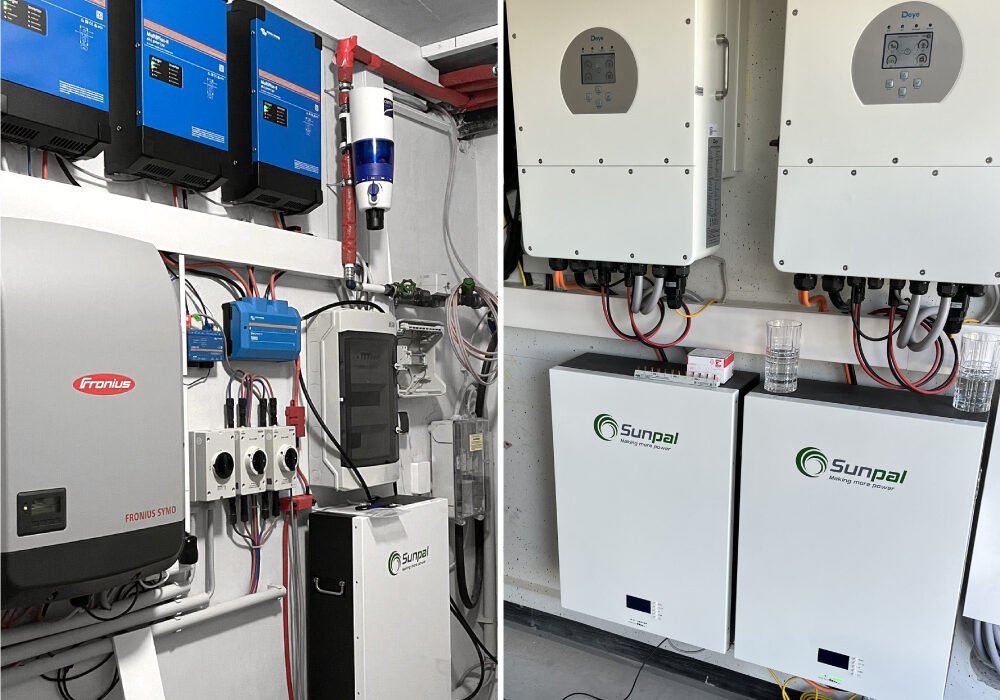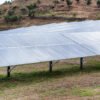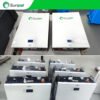Maximum Distance Between Solar Panels and the Charge Controller
What is the Maximum Distance Between Solar Panels and the Charge Controller?
By Riisun Solar Energy Experts – Powering Homes, Businesses & Farms with Clean Energy
Introduction
When installing a solar power system, many homeowners and technicians often ask:
“What is the maximum distance allowed between solar panels and the charge controller?”
It’s a critical question. The longer the cable, the more power you lose due to voltage drop. That’s why choosing the right cable size and understanding maximum distance limitations are essential to ensuring your solar system performs efficiently.
In this blog, we’ll break down everything you need to know, including real calculations, wiring best practices, and professional advice from our installations across Kenya.
Why Distance Matters in Solar Systems
The DC power generated by your solar panels travels through cables to reach the MPPT or PWM charge controller. During this journey, some energy is lost due to resistance in the wire.
Too much distance between the panels and the charge controller can result in:
- Significant voltage drop.
- Reduced charging efficiency.
- Overheating and damage to cables.
- Poor system performance and shortened battery life.
What is Voltage Drop?
Voltage drop is the reduction in voltage as electricity flows through a cable. It depends on:
- The length of the cable.
- The size (cross-sectional area) of the cable.
- The current (Amps) being transmitted.
- The material of the wire (copper or aluminum).
In solar DC cabling, it’s recommended to keep voltage drop below 3%, ideally 1–2% for critical installations.
Maximum Distance: General Guidelines
There is no fixed maximum distance between panels and the charge controller. It depends on:
- The voltage of the solar array (12V, 24V, 48V, etc.).
- The current output from the panels.
- The size and type of cable used.
General Rule of Thumb:
| System Voltage | Recommended Max Distance (with 4mm² cable) |
|---|---|
| 12V System | 5–10 meters |
| 24V System | 10–20 meters |
| 48V System | 20–30+ meters |
These are estimates. Higher voltages allow longer cable runs with less voltage drop.
Example Calculation
Let’s say you have:
- A 24V solar panel system.
- A total panel output of 20 Amps.
- A required cable run of 15 meters (one-way).
- Using 6mm² copper DC cable.
Step 1: Use the Voltage Drop Formula
Vdrop = (2 × Length × Current × Resistance) / 1000
For copper wire, the resistance of 6mm² is ~0.00339 ohms/m.
Vdrop = (2 × 15 × 20 × 0.00339) = 2.034V
Step 2: Calculate % Voltage Drop
(2.034V / 24V) × 100 = 8.47% → ❌ Too high!
Step 3: Solution
- Increase cable size to 10mm² or 16mm².
- Or reduce the cable distance.
- Or increase the system voltage to 48V.
Best Practices for Long Distance Solar Cabling
- Use higher voltage arrays.
A 48V system transmits power with lower current, reducing voltage drop. - Increase cable size (mm²).
Larger cables reduce resistance. Consider 6mm², 10mm², or 16mm² depending on distance. - Keep cable runs as short as possible.
Install the charge controller closer to the panels or batteries where practical. - Use high-quality copper wires.
Avoid aluminum unless absolutely necessary. - Use combiner boxes and fuses for multiple strings to improve safety and distribution.
What Happens If Distance Is Too Long?
- Low charging voltage reaching batteries.
- Undercharging, which shortens battery lifespan.
- Wasted solar energy, especially in low sun conditions.
- Inverter errors or shutdowns.
Final Recommendations from Riisun Solar Experts
To maximize solar system performance in Kenya:
- Keep the distance between panels and controller below 15 meters where possible.
- For longer runs, upgrade to 48V systems and use 10mm² or 16mm² copper cable.
- Always aim for less than 3% voltage drop.
- Have a certified installer run the calculation based on your load, panel specs, and environment.
Need Help with Solar Installation or Cable Sizing?
At Riisun Solar Energy Experts, we design and install optimized solar systems tailored to your specific needs. Whether it’s for a home, farm, school, or business, we ensure:
- Proper system voltage configuration.
- Safe cable runs and protection.
- High-efficiency components.
- After-sales support and maintenance.
📧 support@riisunsolarenergy.co.ke
📞 0791-303-866
🌐 www.riisunsolarenergy.co.ke



